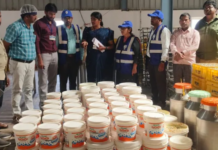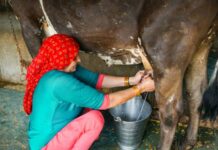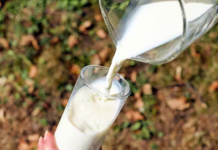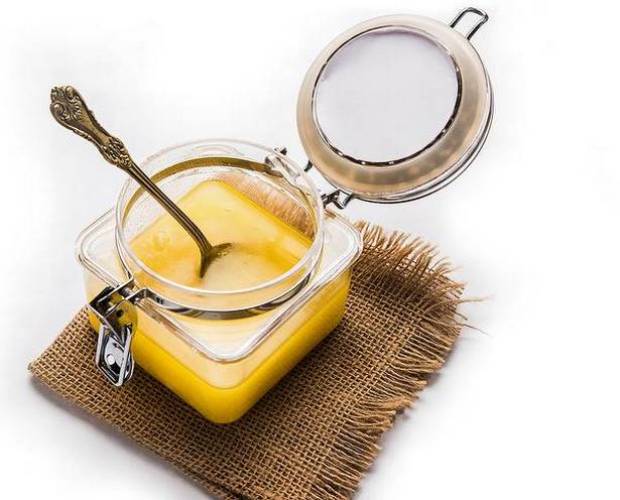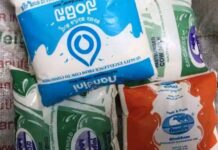National, January 25, 2021: To complement the government’s efforts to secure the country’s nutrition security, the dairy sector has sought zero tax on nutritional products butter, ghee (butter oil) and paneer (cottage cheese) from the current 12 per cent Goods and Services Tax (GST).
The Indian Dairy Association (IDA) has written to Finance Minister Nirmala Sitharaman seeking zero tax on the nutritionally-rich packaged dairy products. “We have requested the Finance Minister to reduce the GST on butter, ghee, paneer from 12 per cent to 0 per cent. Currently, packaged paneer attracts 12 per cent GST while unpackaged paneer is sold without GST. The government is spending a lot on nutrition security. Ghee and paneer are a rich source of nutrition,” GS Rajorhia, President, IDA, told BusinessLine.
SMP stocks
The dairy body has also raised the issue of creating a level playing field for Indian dairy units to liquidate skimmed milk powder (SMP) stocks, that had piled up during the lockdown period.
“Today we have SMP stocks of about 2 lakh tonnes in the country. To liquidate this stock in the international market, we need government support with no export duty levied on it. Let everyone be given an opportunity to find their market. And we don’t want it permanently but for a year by when we can clear the stock,” said Rajorhia, adding that to make dairy farming competitive and attractive for farmers, input costs need to be brought down with reduction in GST on inputs other than feed.
Notably, in Budget 2020-21, the Finance Minister had allocated ₹3,289 crore for the dairy and animal husbandry department whereas the Department of Agriculture, Cooperation and Farmers Welfare received ₹1.34 lakh crore according to the reports published in thehindubusinessline.com.
Level playing field
The dairy players are also seeking treatment of landless animal breeders on a par with agricultural farmers.
RS Sodhi, Managing Director of Amul marketer, Gujarat Cooperative Milk Marketing Federation Limited (GCMMF), said, “Out of the total agriculture and fertiliser sector budget of about ₹1.8 lakh crore, the livestock sector gets roughly about ₹3,300 crore, which is not even 2 per cent.”
“So, livestock, dairy, poultry, fisheries and agriculture crops should be treated equally. Whatever benefits are available to the land-owner farmers should also be available to landless livestock keepers. Livestock farmers should not get stepmotherly treatment when it comes to resource allocation,” Sodhi said.
The gross value added in percentage terms by livestock to agriculture and allied sector has grown from 21.8 per cent in 2011-12 to 28.4 per cent in 2018, whereas GVA in percentage terms by agriculture and allied sector to the country’s GDP has dropped from 18.5 per cent to 17.2 per cent during the same period.
No longer just allied activity
Sodhi stated that the issue lies in the conventional approach in emphasising on resource allocation for crop production. “Right from the Green revolution, the pattern of resource allocation for crop production has continued.”
“Livestock or animal husbandry is no longer just an allied activity. It is a major source of income for landless and marginal farmers. Of about 100 million people connected to livestock, about 80 per cent are land-less and marginal rural Indian families. But majority of agriculture resources are going to land-owner farmers. This has to be corrected to whatever extent possible,” Sodhi stated.
Income-tax liability
Besides the resource requirements for infrastructure development, yield improvement and breed development, among others, there is also a long-overdue issue of income-tax liability on dairy farmers, whereas there is no income tax for the land-owner agriculture farmers.
“Today, there is a lot of distress in the rural sector and agriculture space, but if the resources are made available the livestock sector can improve the livelihood of rural India. This is because marketing is not a problem. The market is constantly growing,” Sodhi said.




